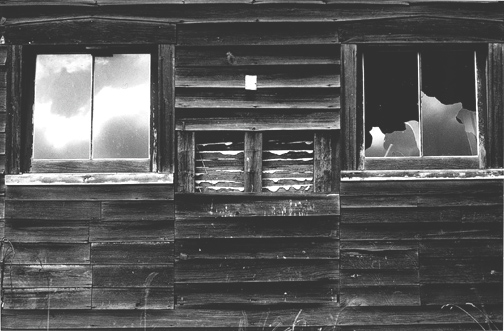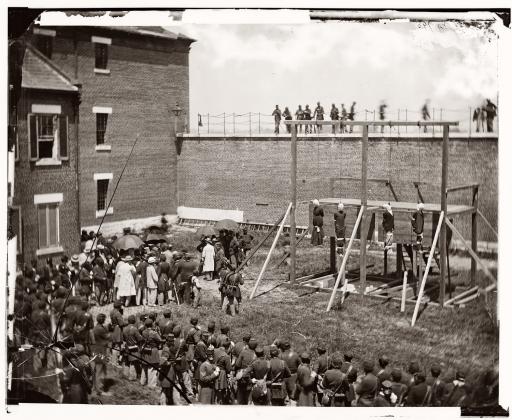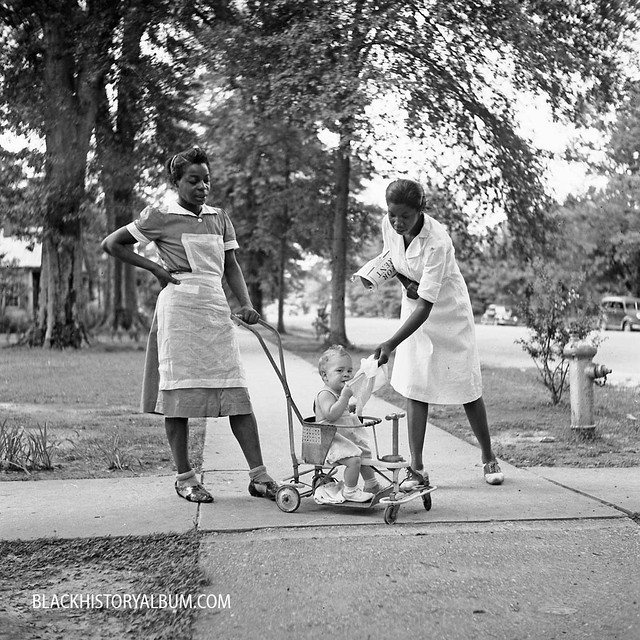Title: The Three Thirds
Artist: Minor White
Medium: Gelatin silver print
Year Produced: 1957
Minor White was involved with other photographers, such as Ansel Adams and Alfred Stieglitz and was influenced by both of them. His typical work usually was of things that were usually considered “mundane”, such as windows, sides of buildings, doors, the sky, etc. To make these objects appear much more interesting, he would wait for specific lighting opportunities to photograph them in.
I really like the meaning behind the piece. The “three thirds” caused by the window, the middle boarded section and the broken window implies three stages of life. The whole window is bright, whole and reflecting the sky represents youth, the middle with the boards in the center represents middle age, and the broken window represents old age. It’s just such an interesting way to represent aging, instead of using something like stages of a flower’s life or actual people of varying ages.







.jpg)










